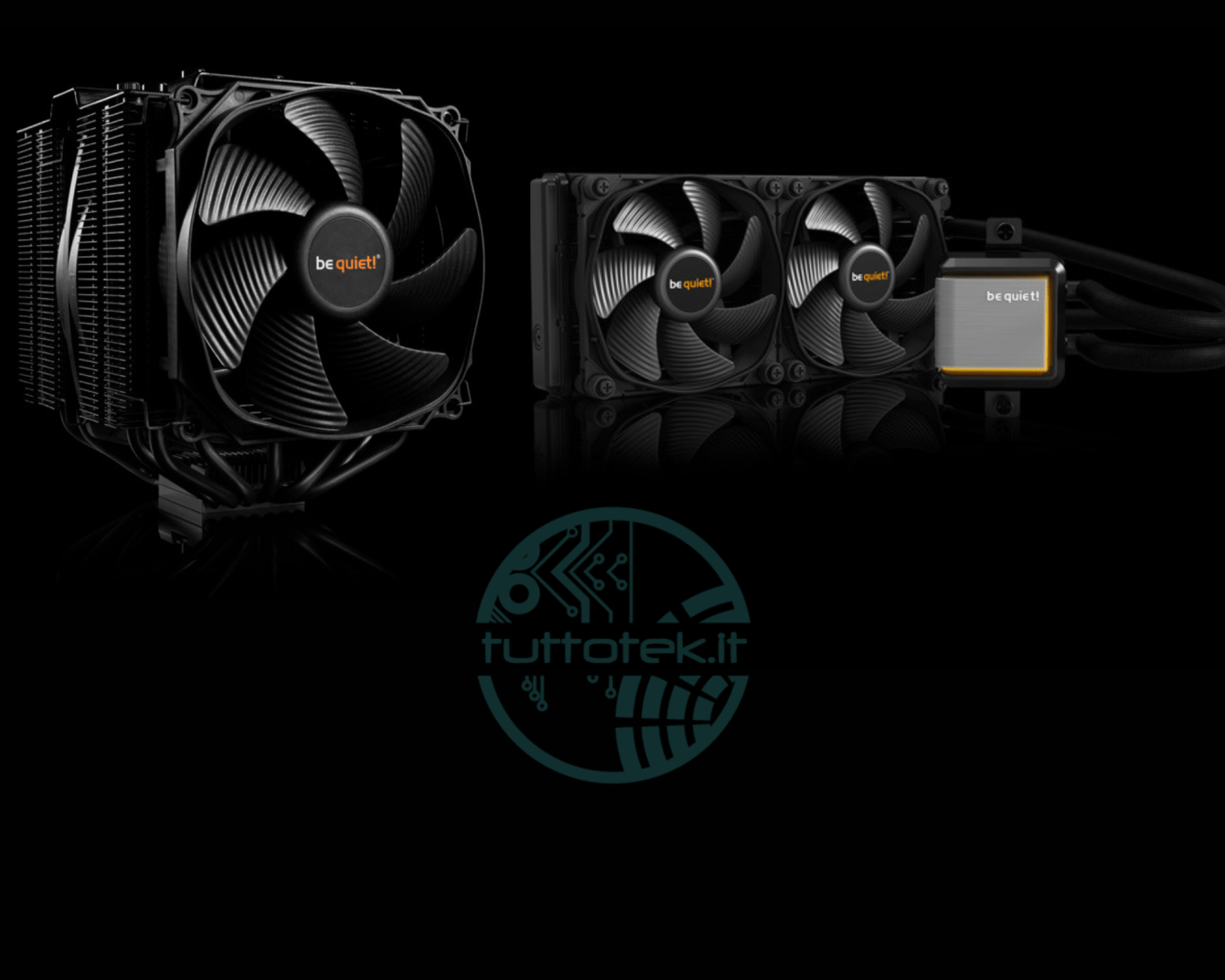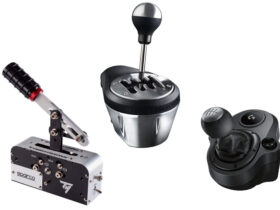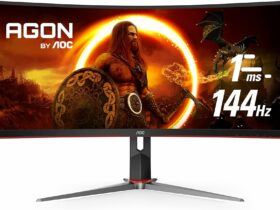In this guide we will understand together how to choose the best heatsink, listing the differences between air and liquid (AIO) models
The CPU is the beating heart (or rather, the brain) of our PC. Such an important component must, inevitably, be preserved in the best possible way. A good heat sink is essential to allow our processor not to reach the temperature of the sun if it is particularly stressed, especially on hot summer days.
When choosing a heat sink, false myths often mislead us. One of them is that a liquid dissipation always wins over one based solely on airflow. Be Quiet! has provided us with two of its coolers in both categories, allowing us to carry out tests and understand the pros and cons of both. We at TechGameWorld.com are therefore ready to highlight the differences between an air cooler and a liquid cooler (AIO).
Air Dissipator
Let’s start by saying how an air cooler works. Under this label are actually enclosed various types of heat sinks with different form factors, among which the most famous is undoubtedly the “tower” type. In very few words, the operation is based on one or more fans that push the air towards the metal blades which, through the heat-pipes (small tubes) transfer the cool generated on the dissipator.
AIO liquid cooler
Unlike an air cooler, here we have one more component: the coolant. This liquid is circulated from the radiator to the water block continuously so that the cooled liquid constantly arrives on the CPU. While there are customizable liquid coolers (custom) both in terms of aesthetics and the refinement of the components, there are also AIO liquid coolers (all-in -one) like the one featured in this guide. As the name implies, the latter are ready to be installed on our system without having to undergo modifications and so on.
Specifications of heatsinks used
We tested two coolers from the Be Quiet! brand. The representative of air coolers is the Dark Rock Pro 4while the liquid contender is a Silent Loop 2. The two heatsinks are characterized by two fans on each side. We would also like to clarify that both heat sinks were installed by applying the same pasta termica Arctic MX-4.
- Dark Rock Pro 4 is a double-tower model and, therefore, is able to support a total of three fans. Those installed in the tests are one Silent Wings 3 120mm it’s a Silent Wings 135mm.
- The Silent Loop 2 we tested is the 240mm model. This allows you to install a maximum of 4 120mm fans (push-pull). Basically they are mounted due Silent Wings 3 da 120mm.
Testbench used
- Processore: Intel Core i5 12600k
- Motherboard: NZXT N5 Z690
- RAM: IRDM Goodram 16gb 3600 MHz (2x8gb)
- Alimentatore: Be Quiet! Dark Power 13
- Video Card: Nvidia RTX 3070 Zotac AMP Holo
- Case: NZXT H510 Flow
Temperatures | Air cooler vs AIO liquid cooler
As we can see, there’s a gap of around 4° in favor of the liquid model, which narrows to around 3° when the CPU is squeezed hard by Cinebench R20. A result that makes us understand the effective qualities of a good air cooler. It’s obvious: data in hand obviously wins Silent Loop 2, but the difference is not so substantial.
Installation | Air cooler vs AIO liquid cooler
As for ease of installation, this varies from model to model. Usually, an air cooler is easier to assemble as it requires you to attach a single block to the backplate and plug in the fans. In an AIO liquid cooler, on the other hand, in addition to installing the water block on the heatsink through the mounting plate, we will also have to install the radiator to the case and the fans in the correct direction.
In this specific case, we found Silent Loop 2 easier to install since the Dark Rock Pro 4 form-factor is a bit bulkier. In general, however, an air cooler usually requires less effort to assemble.
Noise | Air cooler vs AIO liquid cooler
In terms of noise, Dark Rock Pro 4 wins instead. While with Silent Loop 2 we got to measure around 53 dB(A) with standard CPU usage, with Dark Rock Pro 4 our system was around 40 dB(A) with the same usage and a very similar ambient temperature . Obviously, here the absence of the pump in the air sink comes into play which, based solely on the use of two fans, generates less noise.
Longevity | Air cooler vs AIO liquid cooler
This is one of the most significant aspects when choosing a new heatsink. The few components of the air coolers mean that we have a greater longevity. AIO liquid coolers are made up of many parts, including the radiator, pump, tubes. If one of these parts were to be damaged, you would most likely be forced to change the heatsink. In air coolers, on the other hand, the components that are most subject to malfunctions are the fans which obviously can be replaced. Obviously we are not saying that a liquid cooler is destined to break, but it is certainly less “recoverable” in case of failures.
Costs | Air cooler vs AIO liquid cooler
It is known that AIO liquid coolers are more expensive than air coolers. Also in this case the rule is reconfirmed given that, at the time of writing this guide, the price difference between the two is around €35.00. In general, it is possible to buy a decent air cooler even under €50.00, while for a cash counterparty we will inevitably have to spend a higher amount (unless we take advantage of particularly advantageous offers).
Dimensions | Air cooler vs AIO liquid cooler
Reconnecting to the assembly, here too the winner is, based on our experience, the liquid cooler. Dark Rock Pro 4 is recognized as one of the best air coolers and for this reason, its size must be quite important. In fact, we are talking about 163mm in height, for 146mm and 136mm in diameter. This causes the Ram memories to go below the radiator itself and therefore must be of the right height. Also, in our “NZXT H510 Flow” case, the top almost flush with the tempered glass.
Practically non-existent problems with the Silent Loop 2 which, having flexible pipes, can be managed better.
Which should you choose?
Choosing a cooler is very subjective. It obviously depends on how much weight you give to the various aspects listed above. If you decide to focus on a long-lasting and lower-cost system, for example, our advice is to go with an air cooler. If you are a fan of the aesthetics of AIO liquid coolers and have a slightly higher budget, our suggestion would be to buy one of the latter without thinking twice. We have seen that, in the field, performance differences exist, but they are not such as to make you regret one rather than the other, provided you rely on quality products.
We thank BeQuiet! for allowing us to make this guide and we invite you to stay updated on our pages for more articles of this type!
















Leave a Reply
View Comments